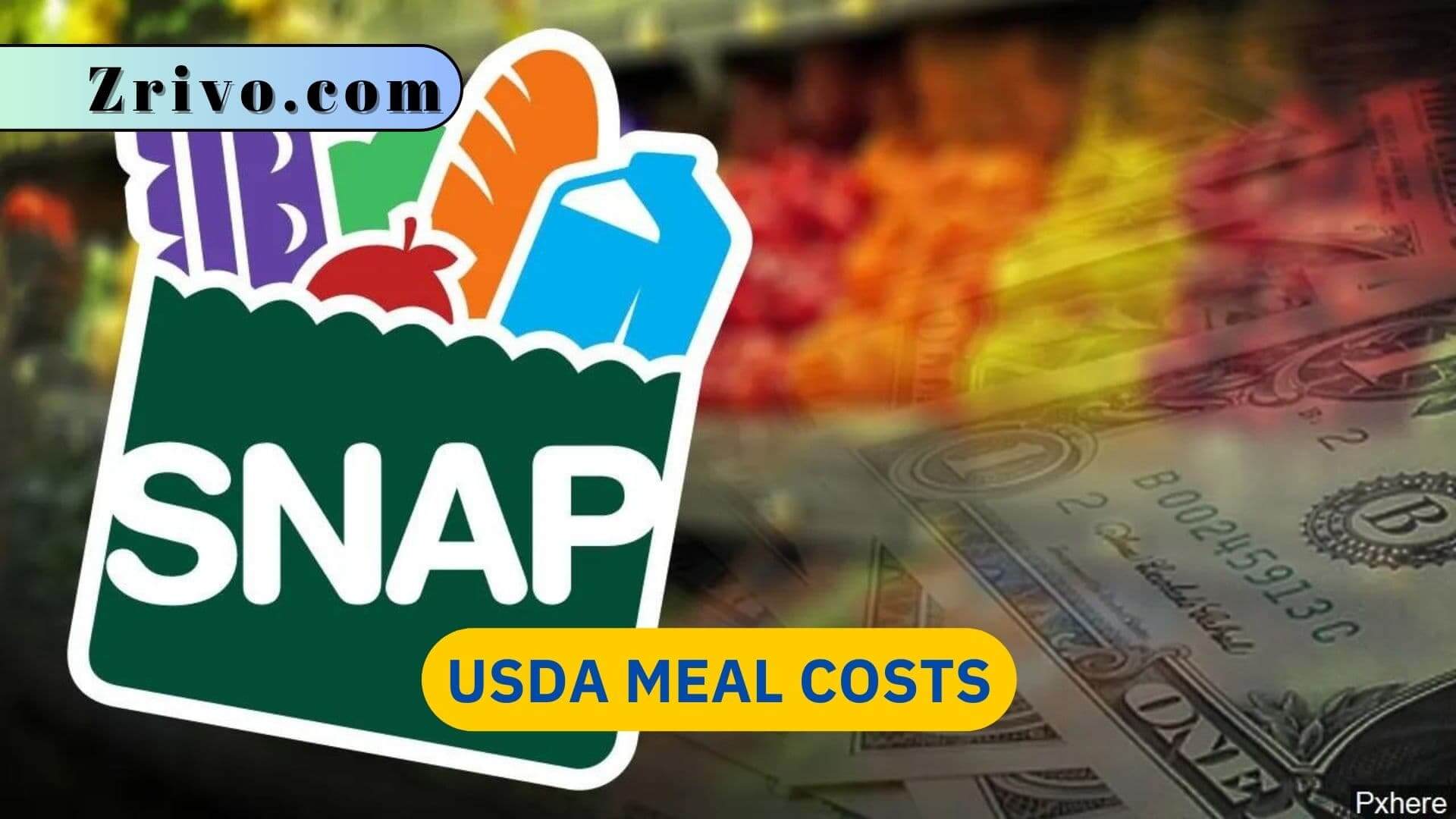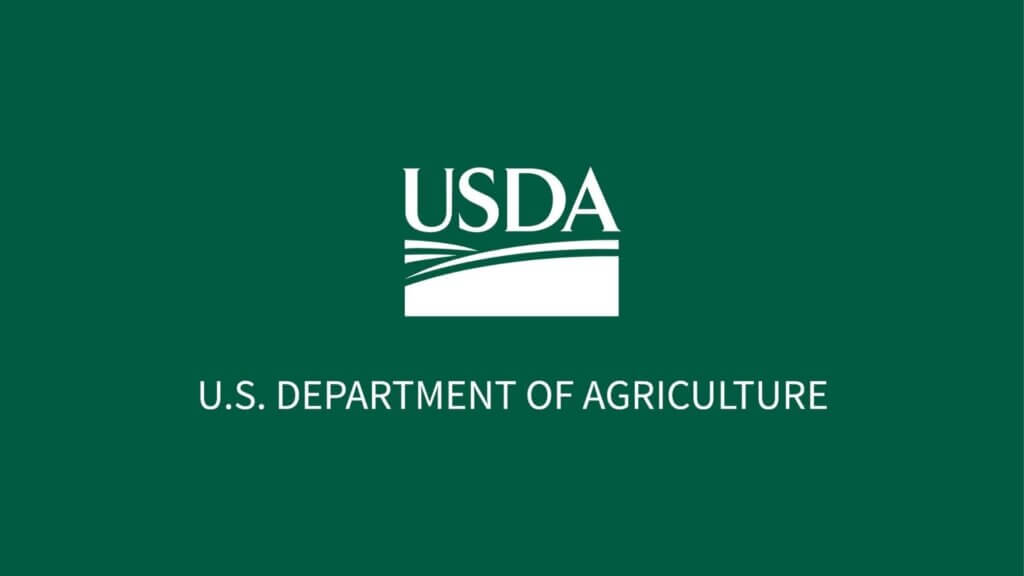USDA Meal Costs

School Food Authorities (SFAs) purchase USDA Foods annually for reimbursable meals. Each food product has a specific entitlement dollar value subtracted from the agency’s entitlement balance.
The USDA developed Food Plans to represent a nutritious diet at four different cost levels. These include the Thrifty Food Plan, Low-Cost Food Plan, Moderate-Cost Food Plan, and Liberal Food Plan. The Thrifty Food Plan calculates the maximum benefit allotment for people on the Supplemental Nutrition Assistance Program (SNAP). The other three food plans are updated monthly to reflect changing prices.
Each food plan has a “market basket” that represents the foods and quantities of the items most commonly purchased by the corresponding age-sex group. For example, the Thrifty Food Plan market basket contains 0.72 pounds of dark green vegetables a week. The Food and Nutrition Service (FNS) publishes the Thrifty, Low-Cost, Moderate-Cost, and Liberal food plans in the Monthly Cost of Food Reports. By law, the Thrifty Food Plan is adjusted each month for inflation. A separate Thrifty Food Plan for Alaska and Hawaii is adjusted separately from the mainland based on regional differences in food prices.
The food plan estimates are based on the average cost for a household of two adults, 19-50 years old. The estimates are also broken down by gender. The Thrifty and Low-Cost Food Plans are for heterosexual couples; the Moderate-Cost and Liberal Food Plans are for single adult households. The cost of the plans is adjusted each month for inflation and is published in June.
| Plan | Cost per Week | Cost per Month |
|---|---|---|
| Thrifty Food Plan | $43.30 | $188.19 |
| Low-Cost Food Plan | $54.80 | $236.75 |
| Moderate-Cost Food Plan | $70.60 | $304.65 |
| Liberal Food Plan | $93.40 | $405.22 |

What are USDA Food Plans?
The USDA food plans, developed in 1975 and reevaluated each year, outline the types of foods that low-income households need to prepare healthy meals on a limited budget. These four food plans (Thrifty Food Plan, Low-Cost Food Plan, Moderate-Cost Food Plan, and Liberal Food Plan) serve as the basis for SNAP benefit levels. Each plan is age- and gender-specific, recognizing that nutritional guidelines differ by age and sex and that household circumstances vary as well.
In response to the COVID-19 pandemic, and as research continues to highlight the inextricable link between food and health security, the Tisch Food Center applauds the USDA’s decision to reevaluate the Thrifty Food Plan (TFP) and increase benefits accordingly. This is a critical step to ensure that families have enough money to purchase nutritious fresh food, and will help them better meet their nutrition needs and avoid negative health outcomes.
As part of the reevaluation process, USDA held multiple listening sessions across the country with SNAP participants, advocates, and researchers, including Tisch Food Center Director Pam Koch. These conversations helped shape the new TFP, ensuring it would reflect lived experience and the reality of struggling families.
The TFP now takes into account the cost of a mix of foods that includes high-quality proteins, fruits, vegetables, and whole grains to meet dietary guidance. It also incorporates time savings, such as the use of convenience foods that reduce meal preparation times and labor. Allotments are based on the assumption that all foods are prepared at home but do not include costs for alcohol or supplemental nutrients.





